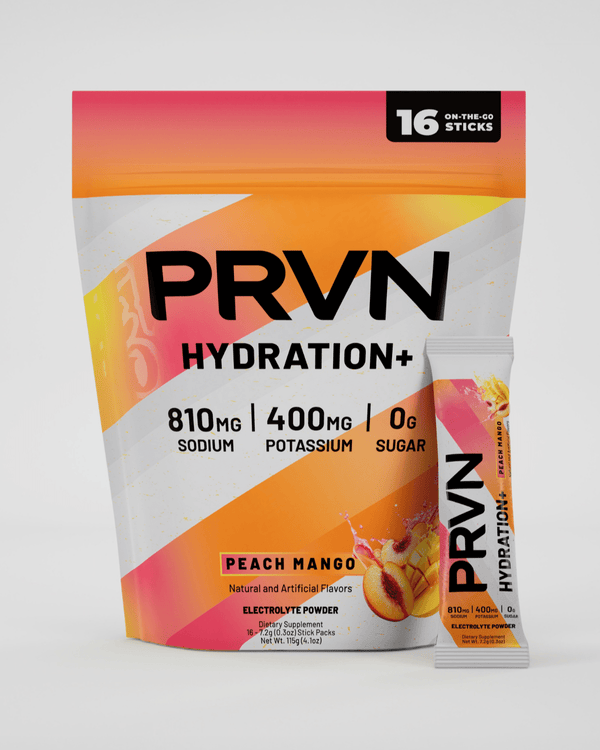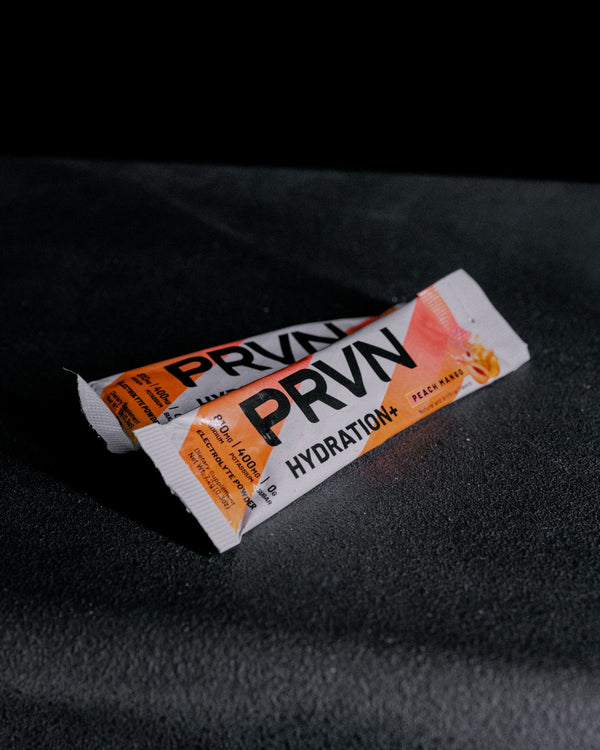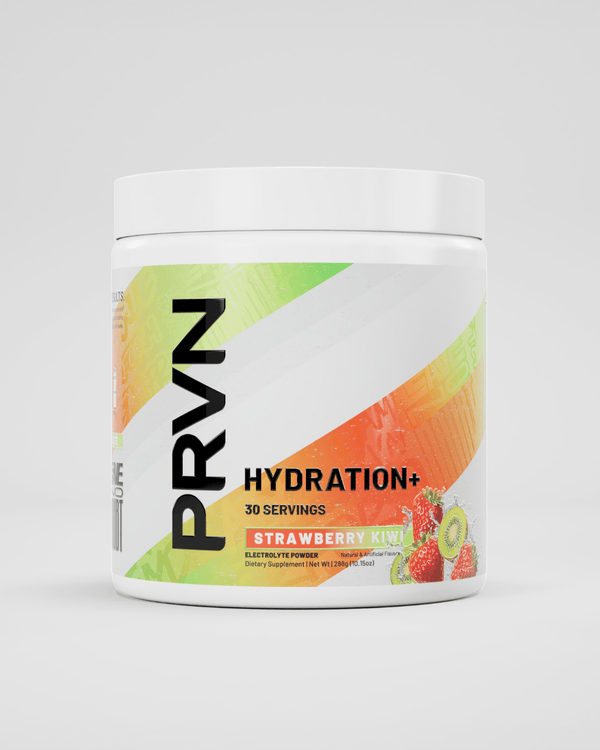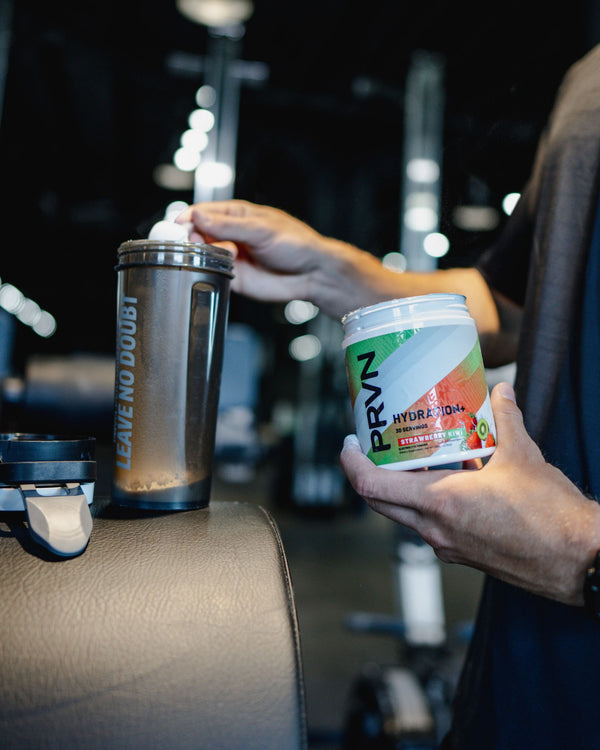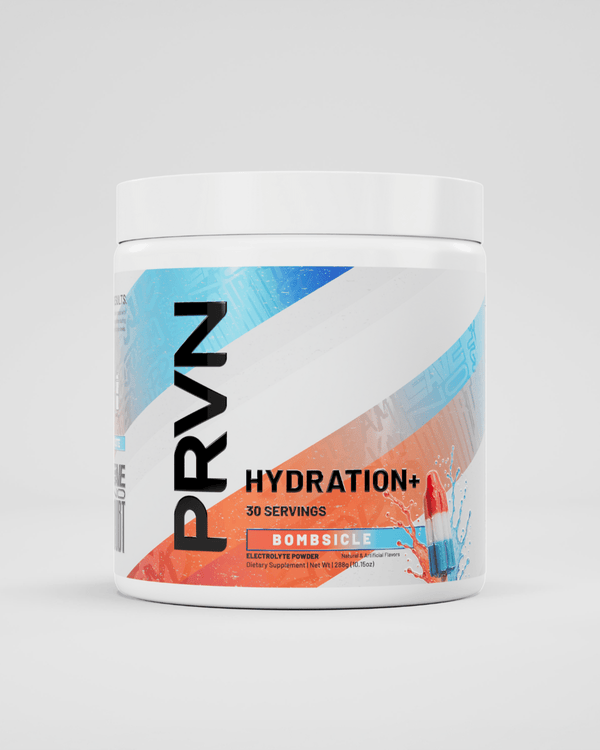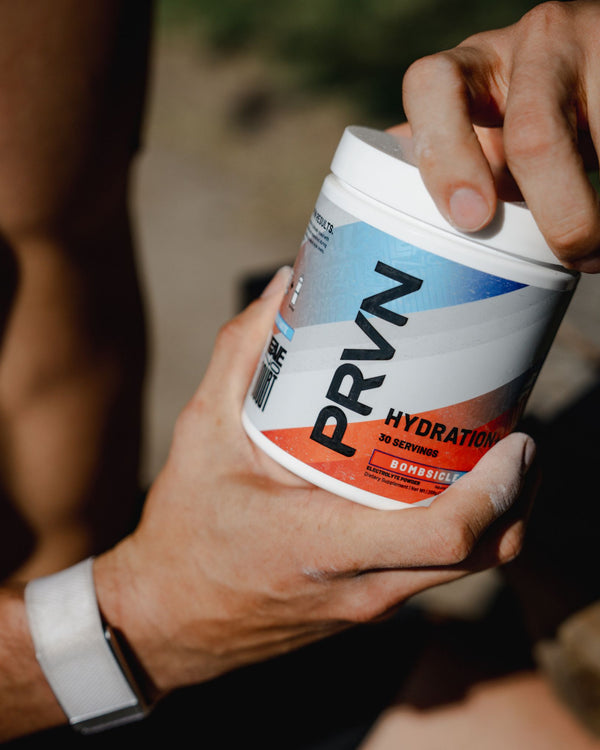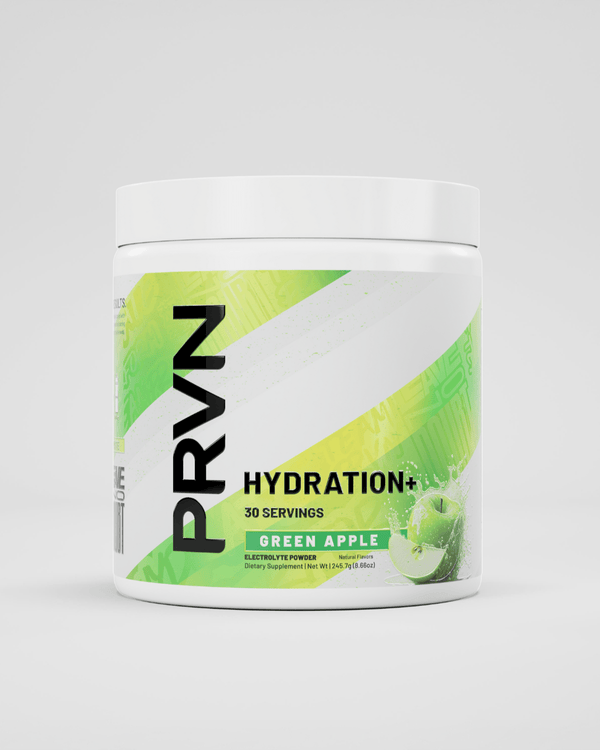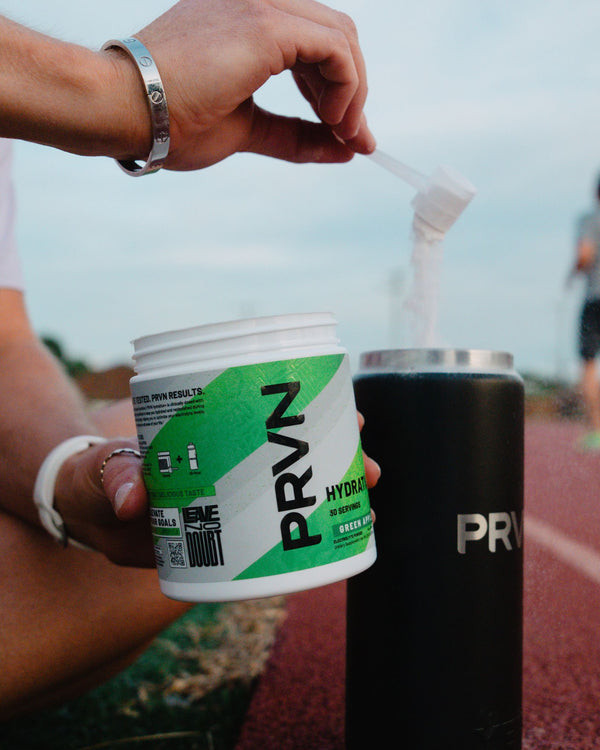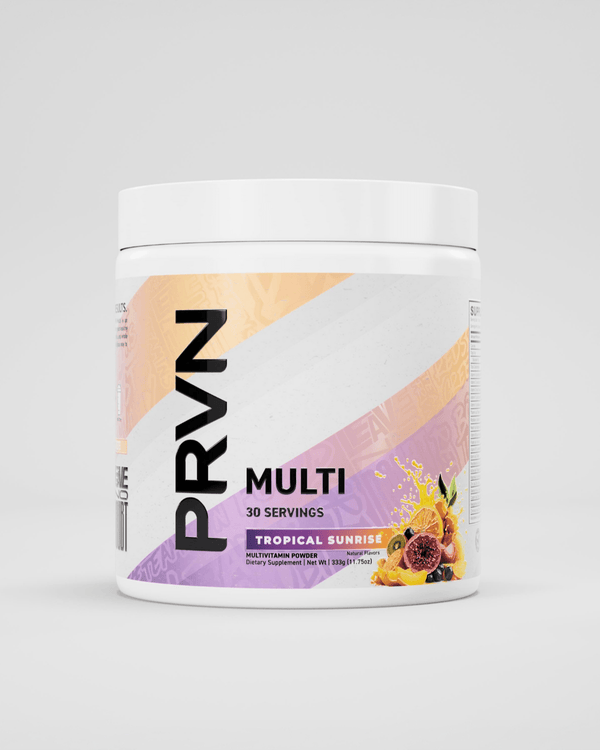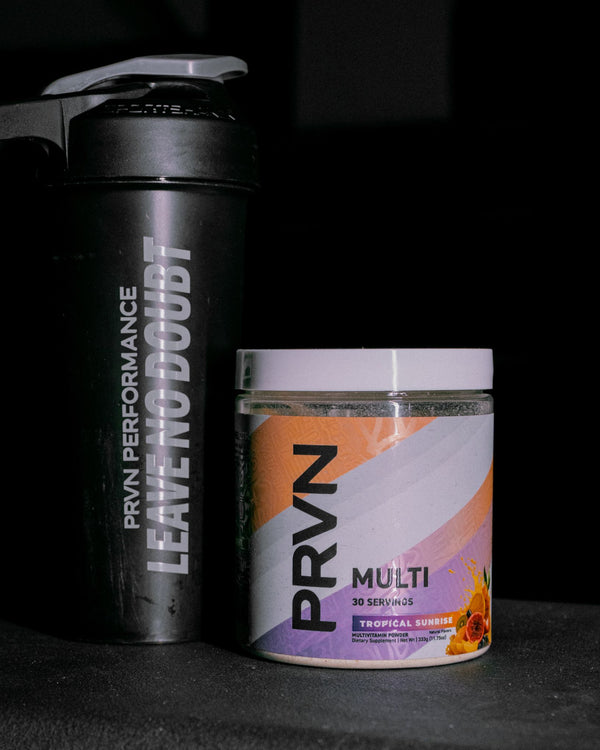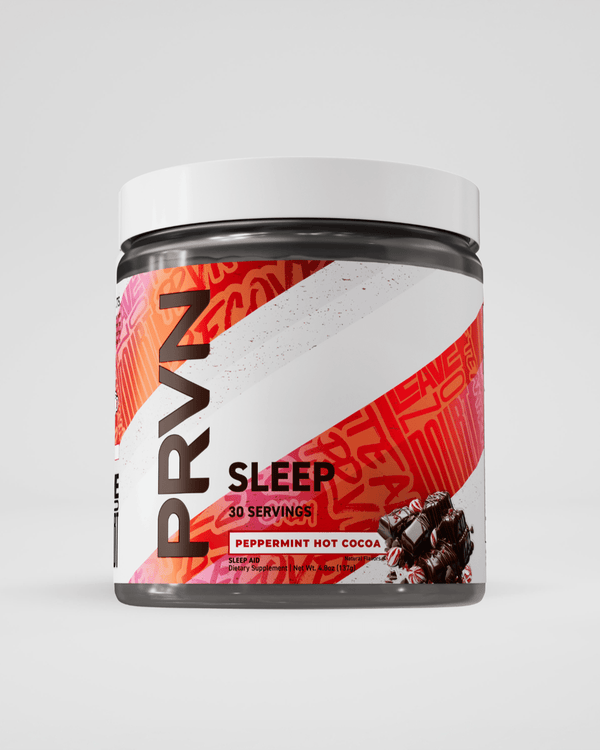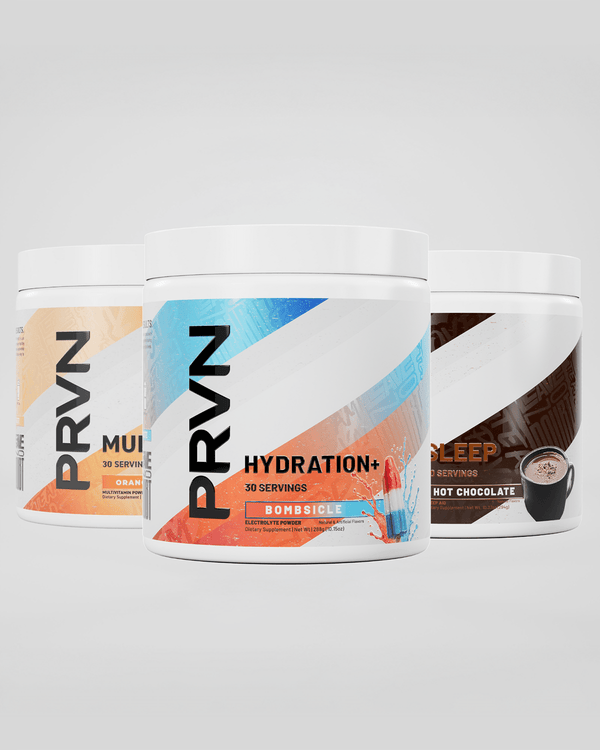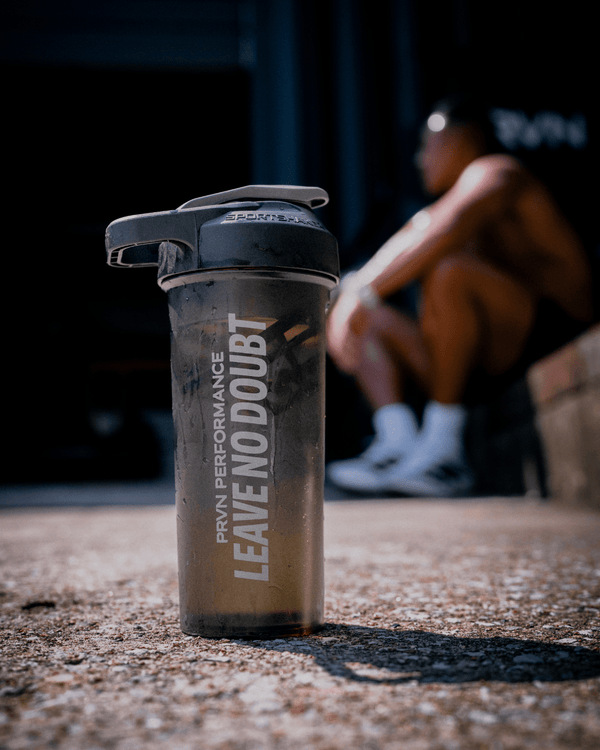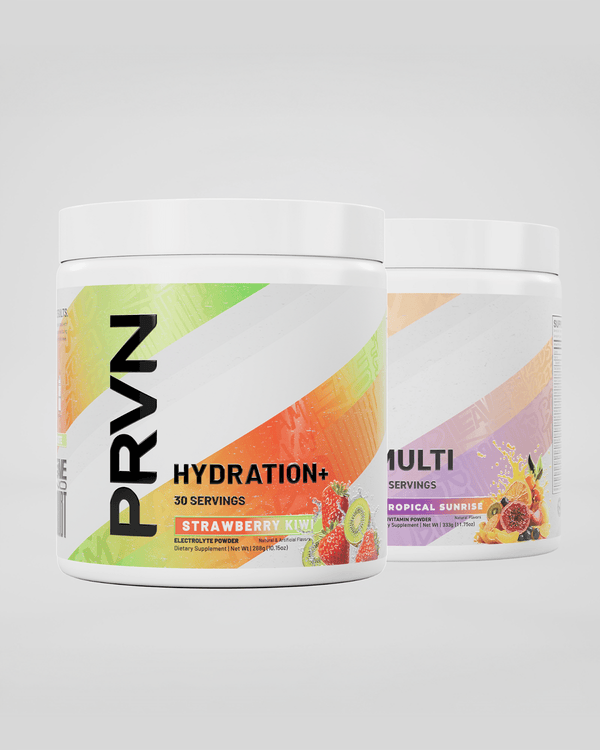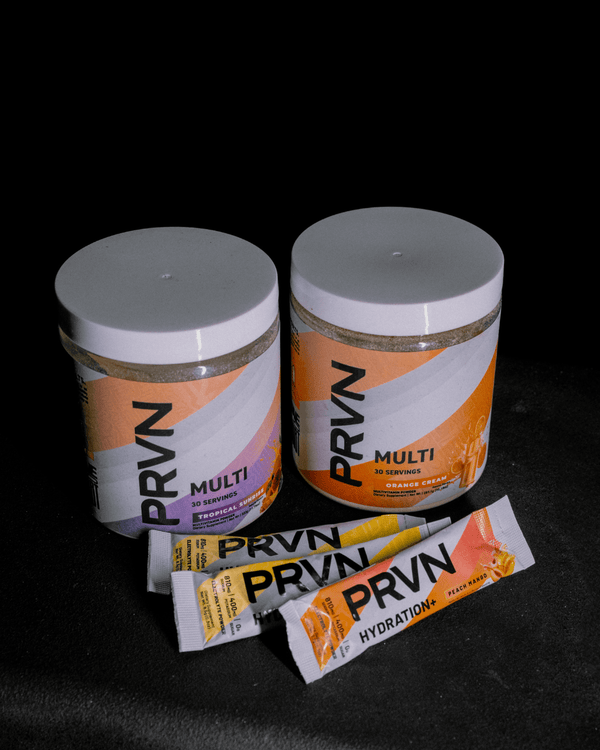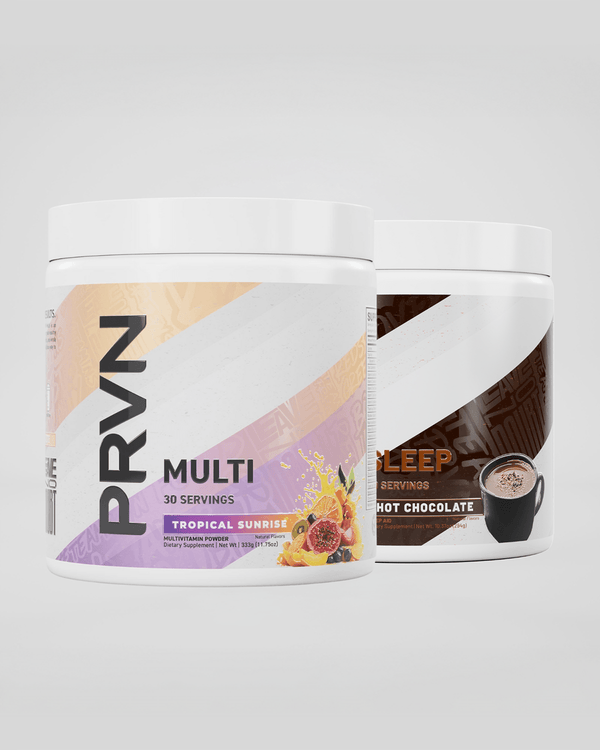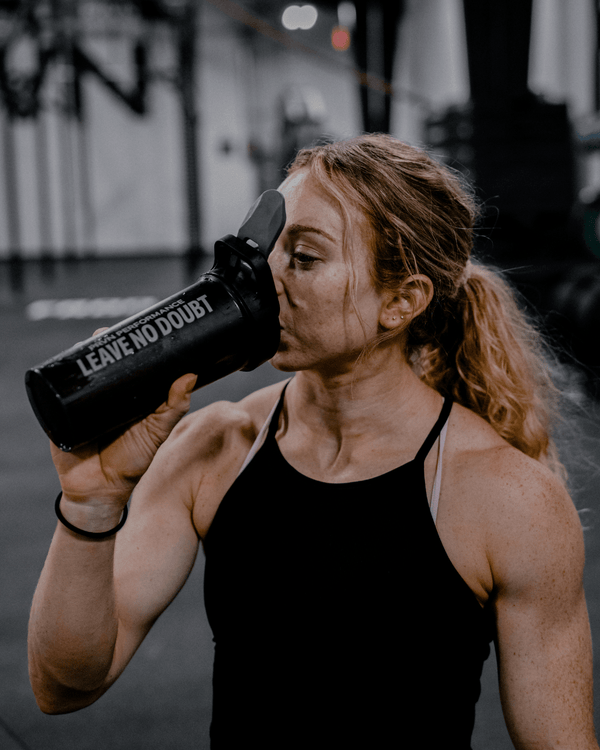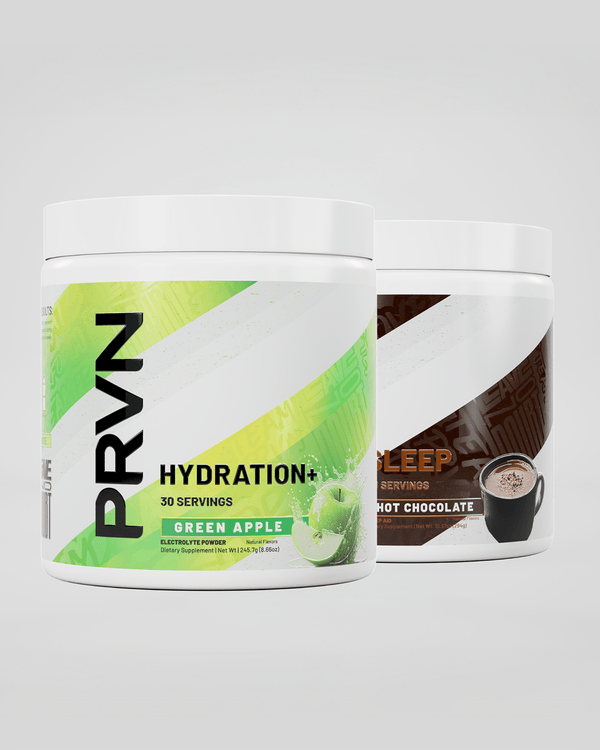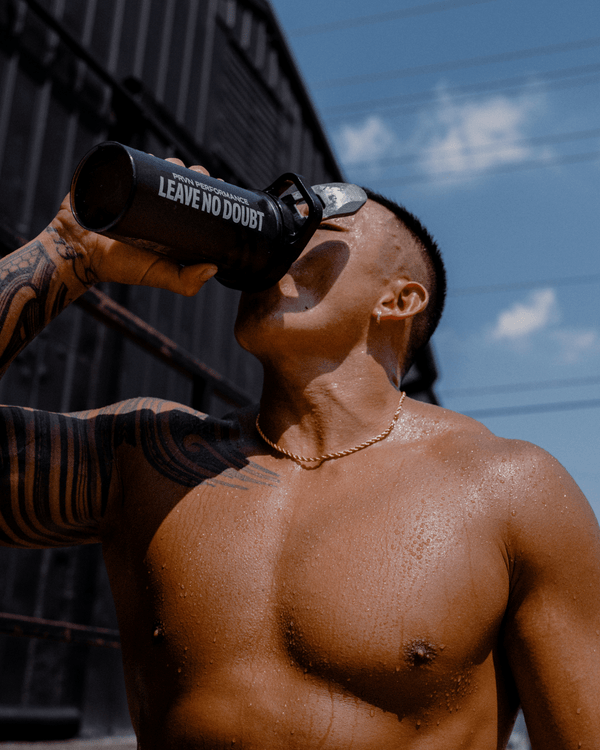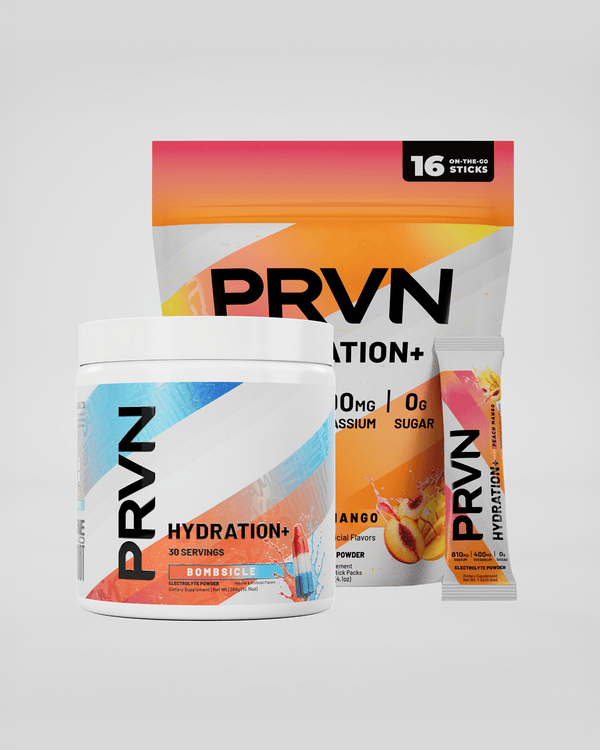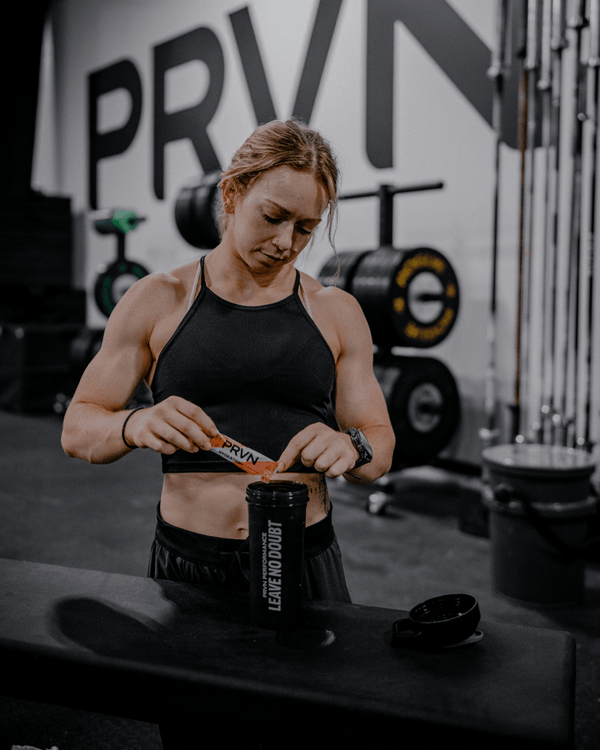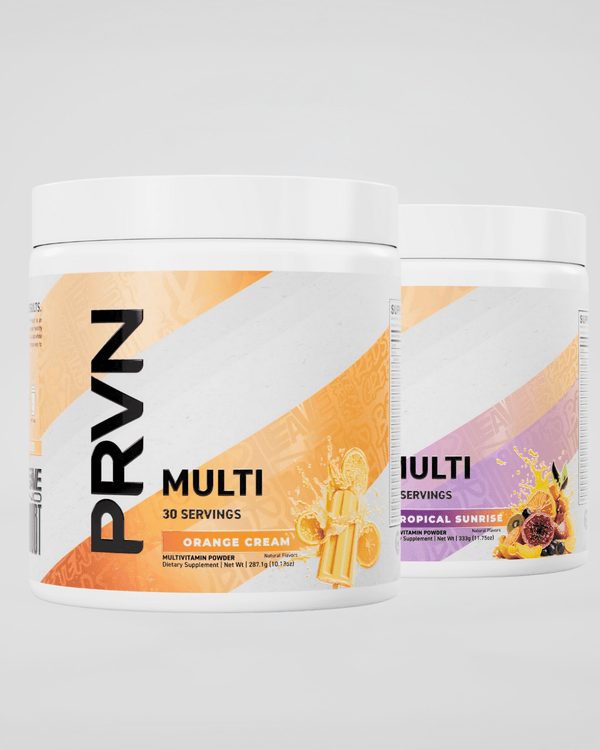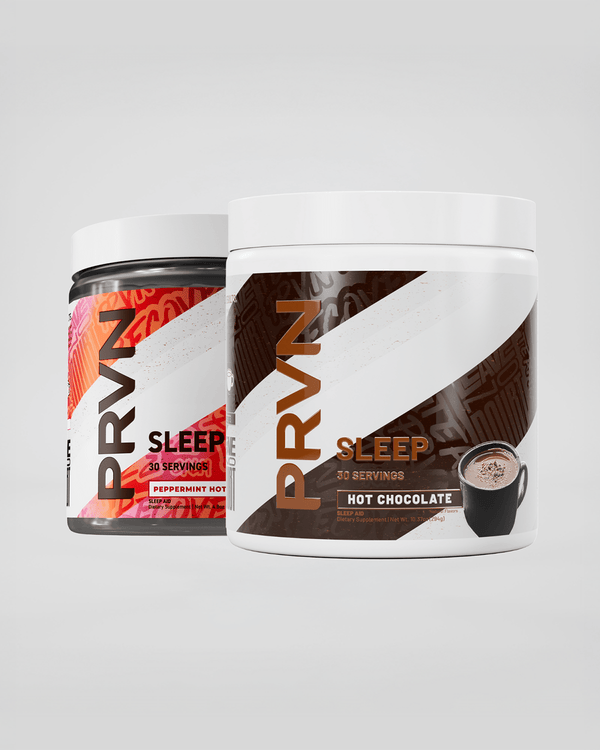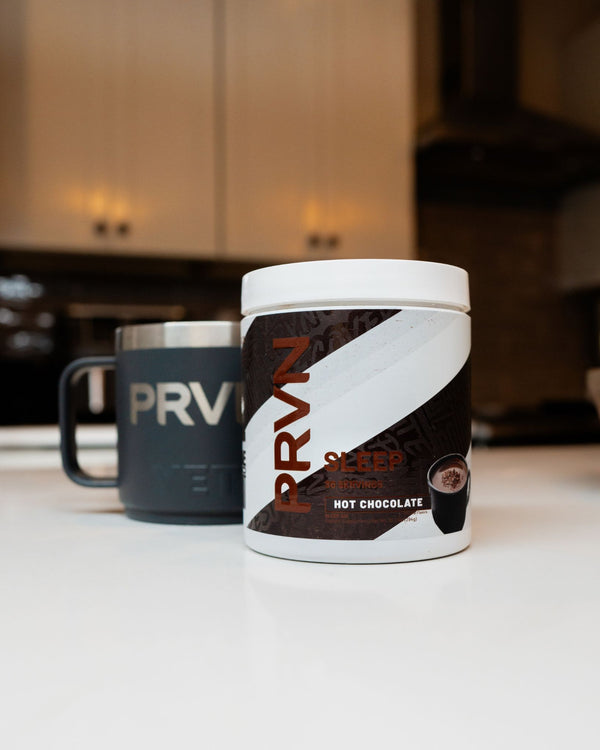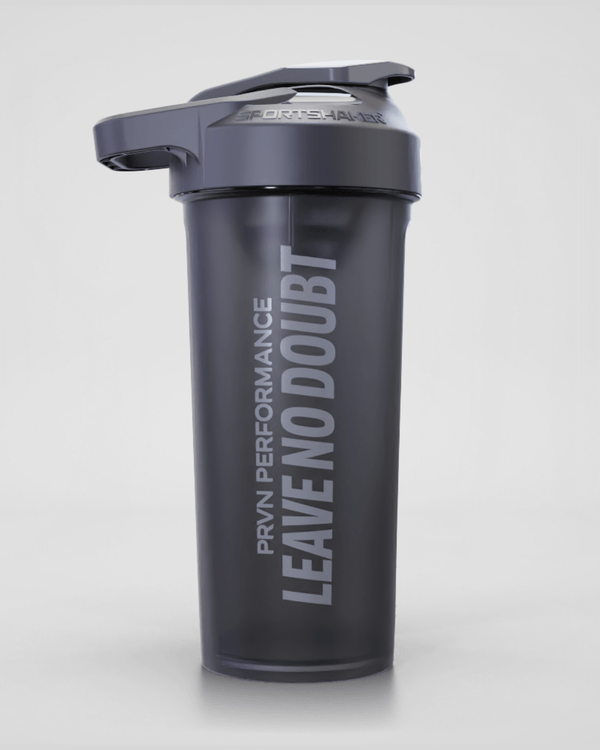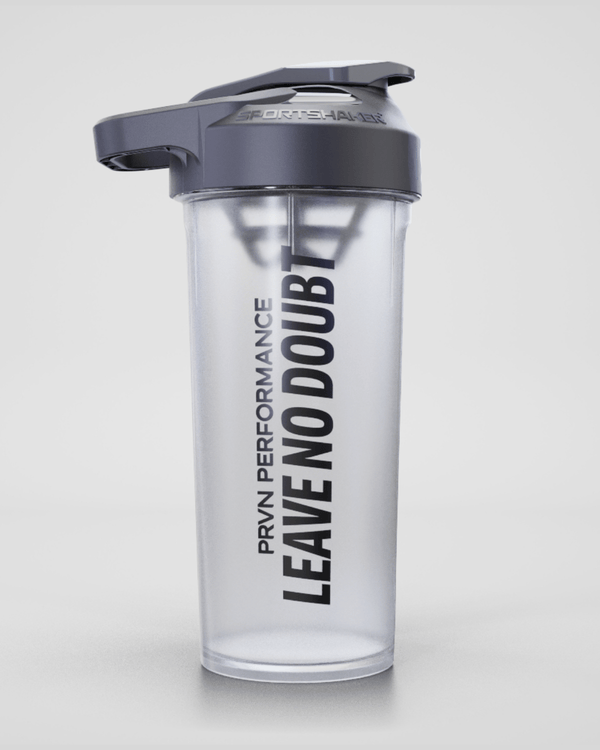Being a hybrid athletes is not just about strength or stamina—it’s about both. And to support that kind of volume, intensity, and variability, your nutrition has to be on point.
For those who like to combine strength, conditioning, and endurance work in the same week (and often the same day). Fueling that engine isn’t about a one-size-fits-all diet. It’s about macronutrient balance, nutrient timing, and day-to-day strategy.
Let’s break down how to eat like a hybrid athlete—so you’re not just surviving your training, but actually recovering, adapting, and progressing.
Why Hybrid Athletes Need a Different Nutrition Strategy
The demands of hybrid training are unique. A long run in the morning and a heavy squat session in the evening tax the body in different ways. And while most athletes think they just need more protein, the reality is carbohydrates and nutrient timing matter just as much—if not more—for maintaining performance and preventing burnout.
Without enough fuel, your strength tanks. Without the right timing, your recovery stalls. Without adequate hydration and electrolytes, your performance crashes before you hit the second round of your workout.
The Big Three: Protein, Carbs, and Fats
Here’s how each macronutrient plays a role for the hybrid athlete:
Protein – Muscle Repair + Recovery
Aim for 1.0 to 1.2 grams per pound of body weight per day. Protein is your recovery driver—crucial for muscle protein synthesis, immune support, and long-term adaptation. Spread it out evenly across meals, and prioritize 20–40g post-training.
Best sources:
-
Whey protein isolate (fast absorption)
-
Lean meats, eggs, Greek yogurt
Carbohydrates – Primary Fuel for Performance
This is where many athletes fall short. Carbs fuel both strength output and endurance. For hybrid athletes, aim for 2 to 3 grams per pound of body weight, increasing on high-volume or double-session days.
Best sources:
-
Rice, oats, sweet potatoes, fruits
-
Dextrose/maltodextrin for intra/post-workout replenishment
Fats – Hormonal Health + Sustained Energy
Fats are key for hormone regulation and energy balance. They shouldn’t be your primary training fuel, but don’t skip them either. Stick with 0.3 to 0.5 grams per pound of body weight.
Best sources:
-
Avocados, olive oil, nuts, fatty fish
-
Keep fat intake lower around training windows to avoid digestive slowdown
Nutrient Timing: When You Eat Matters
For hybrid athletes training multiple disciplines a day, nutrient timing can make or break your energy levels and recovery. Here's how to time it:
Pre-Workout (60–90 minutes before):
-
Moderate carbs + moderate protein
-
Example: Oatmeal + PRVN Whey Protein + banana
This tops off glycogen stores and primes you for energy and focus.
Intra-Workout (for sessions >90 minutes):
-
Fast-digesting carbs + PRVN Hyrdration
Post-Workout (within 30–60 minutes):
-
High-protein + high-carb, low-fat
-
Example: Rice + grilled chicken + berries OR PRVN Whey Protein + cream of rice
Refuel glycogen, spike insulin for recovery, and kick off muscle repair.
Supplements to Support Hybrid Recovery
For athletes combining endurance and strength work, supplements can help close the gap between training demand and recovery capacity. Our top picks include:
-
PRVN Whey Protein – Quick digestion, supports lean muscle
-
PRVN Hydration – Especially for hot or high-volume sessions
-
PRVN Multi - An all-in-one daily multivitamin
- PRVN Sleep - Great training starts with great sleep.
Final Thoughts: Eat With Intention, Not Emotion
Hybrid athletes need more than a basic “high protein” diet. They need fuel that’s timed right, built to match their output, and adaptable to their training cycles. The goal isn’t just to survive a brutal week of programming. It’s to adapt, improve, and come back better the next week.
Train smart. Eat smarter.
JOIN PRVN HYBRID ATHLETE HERE

